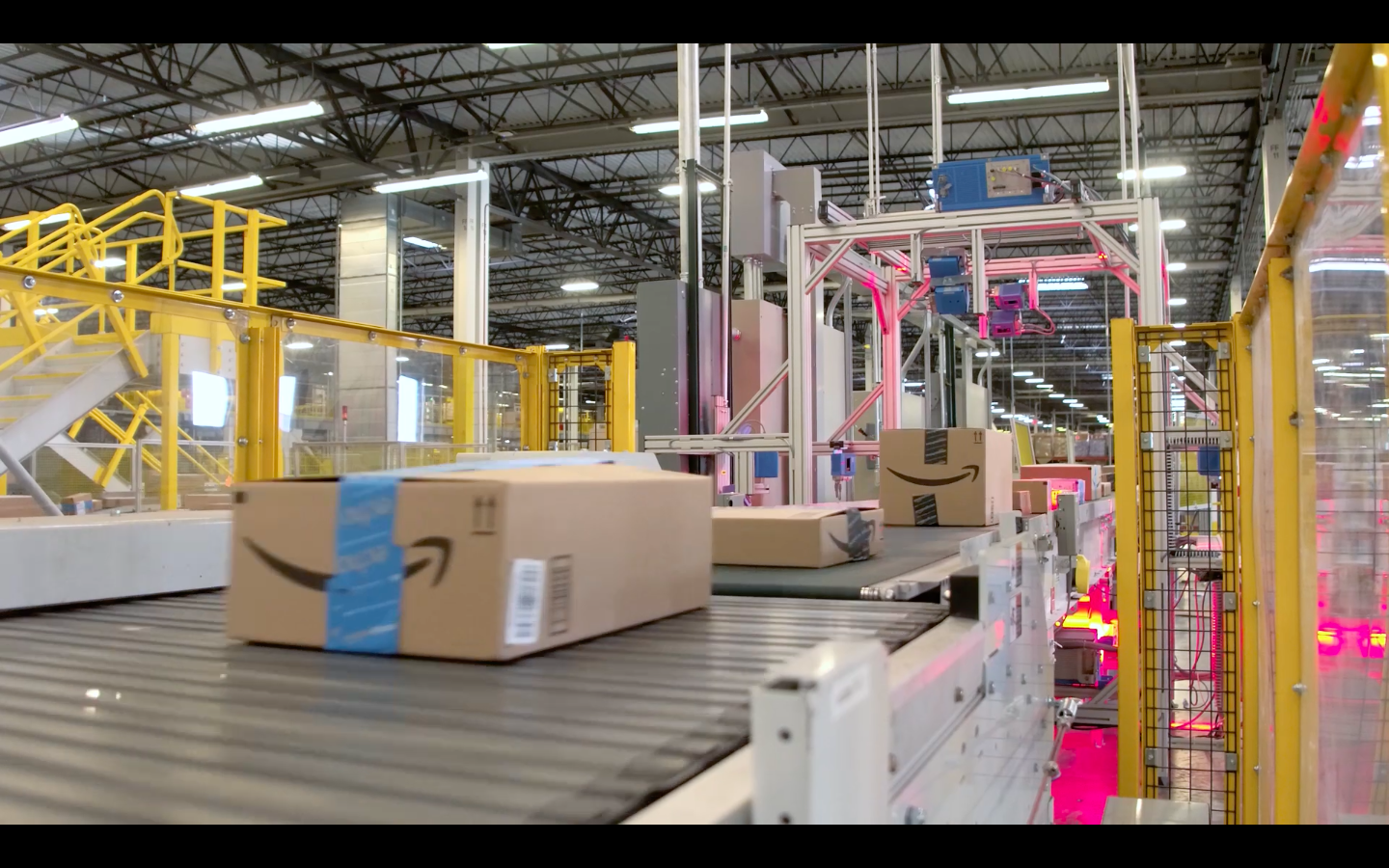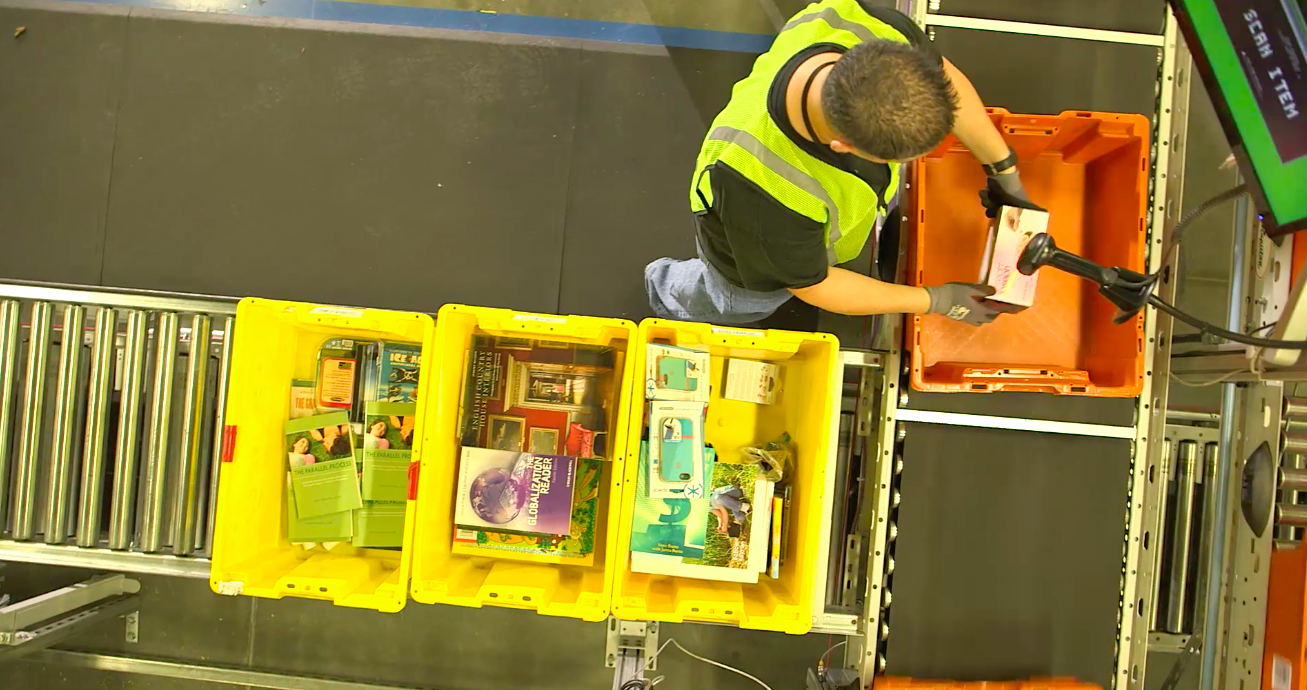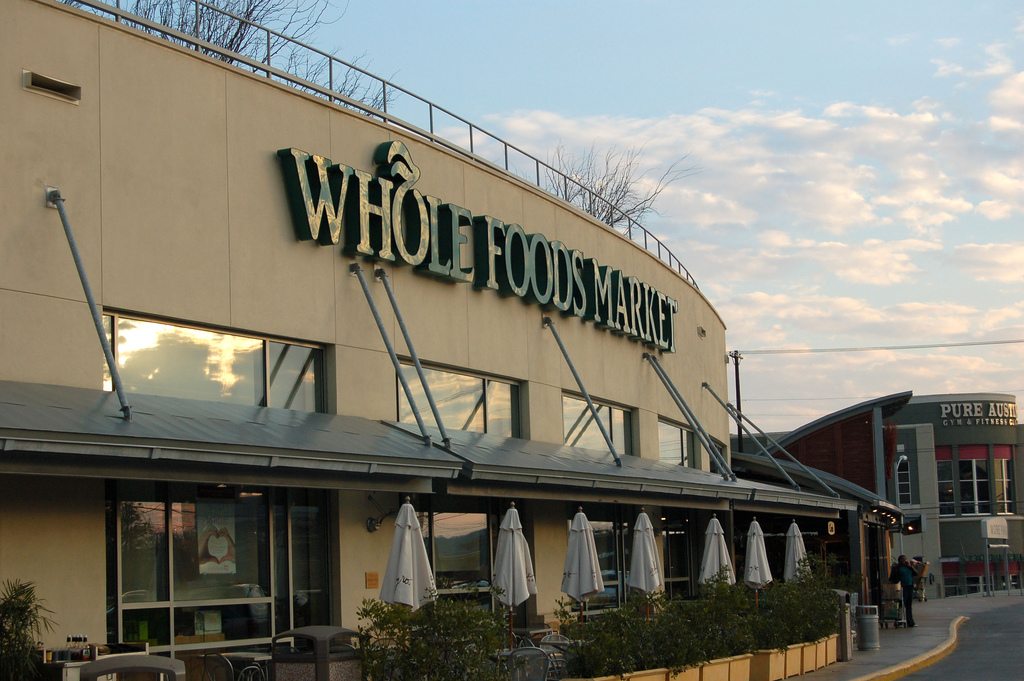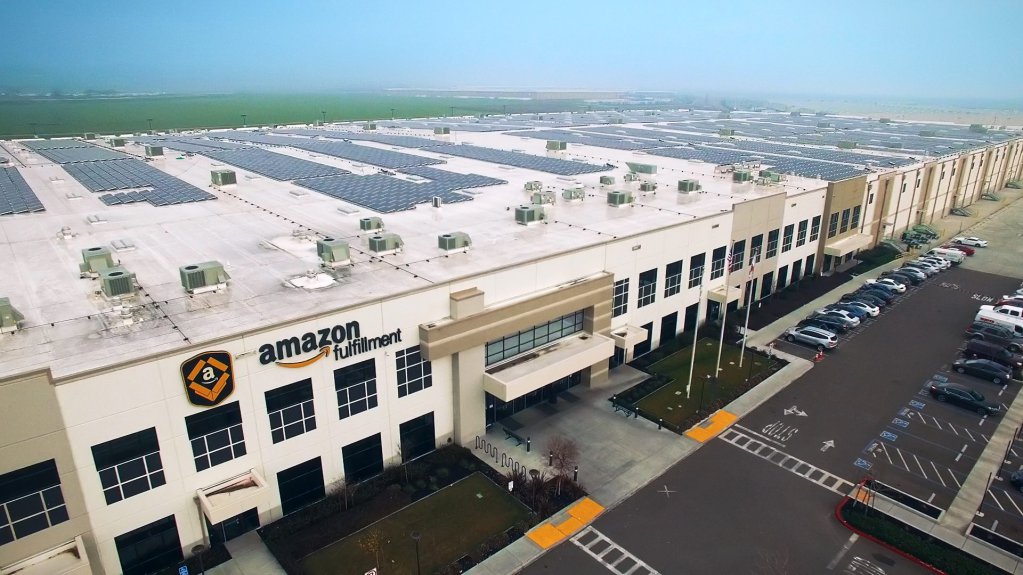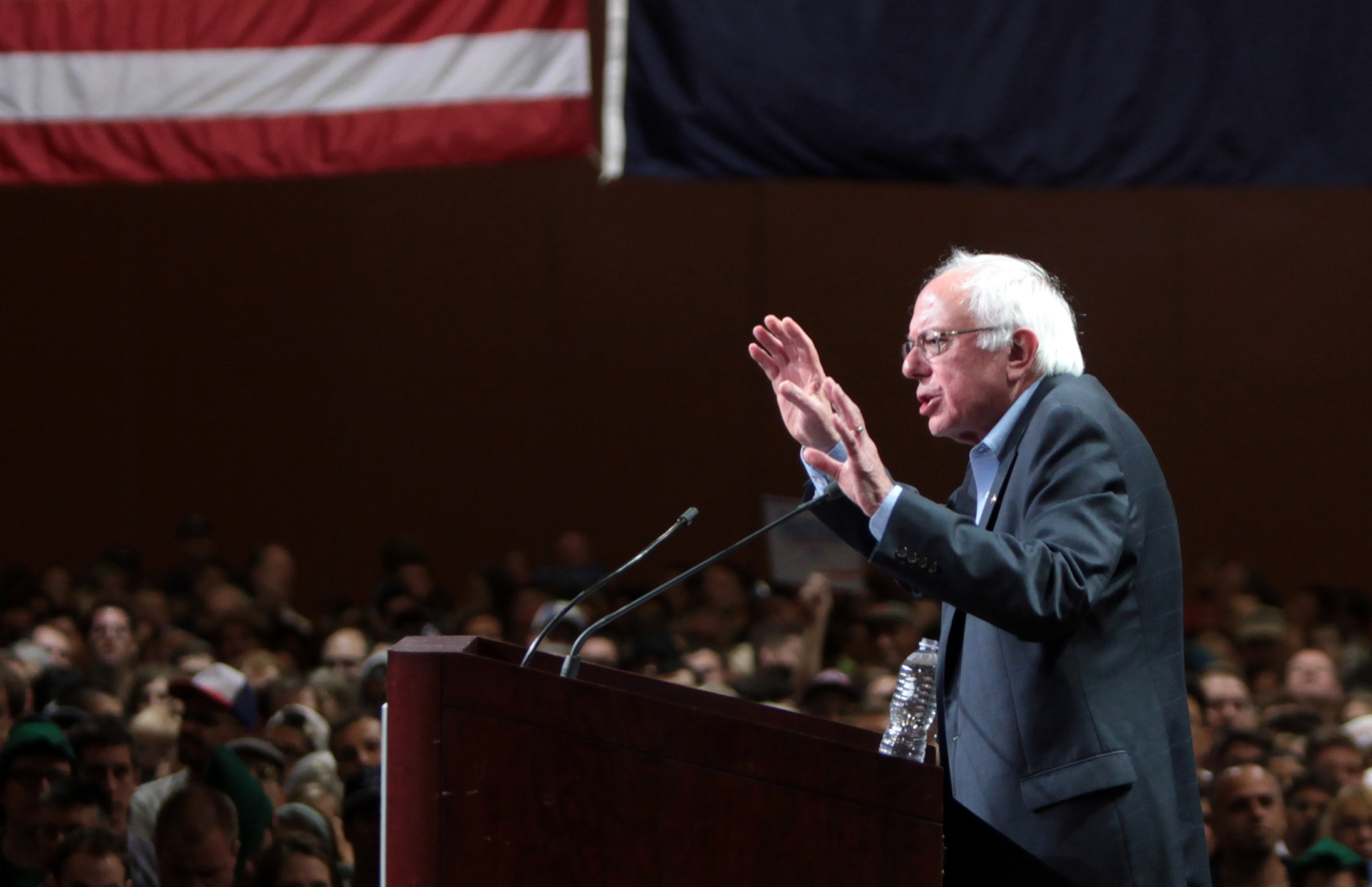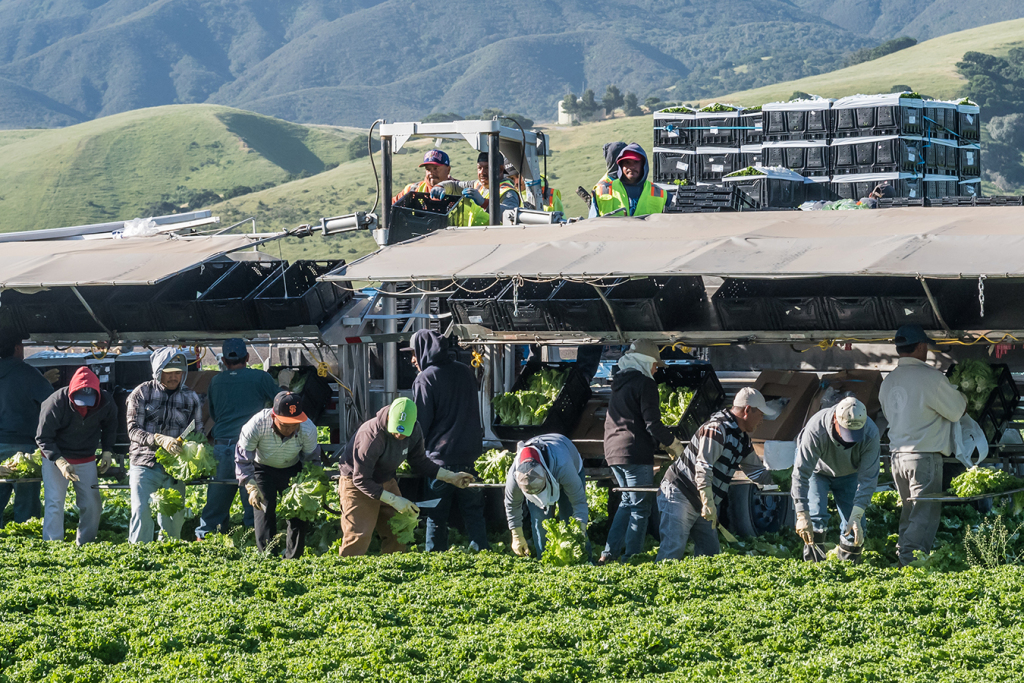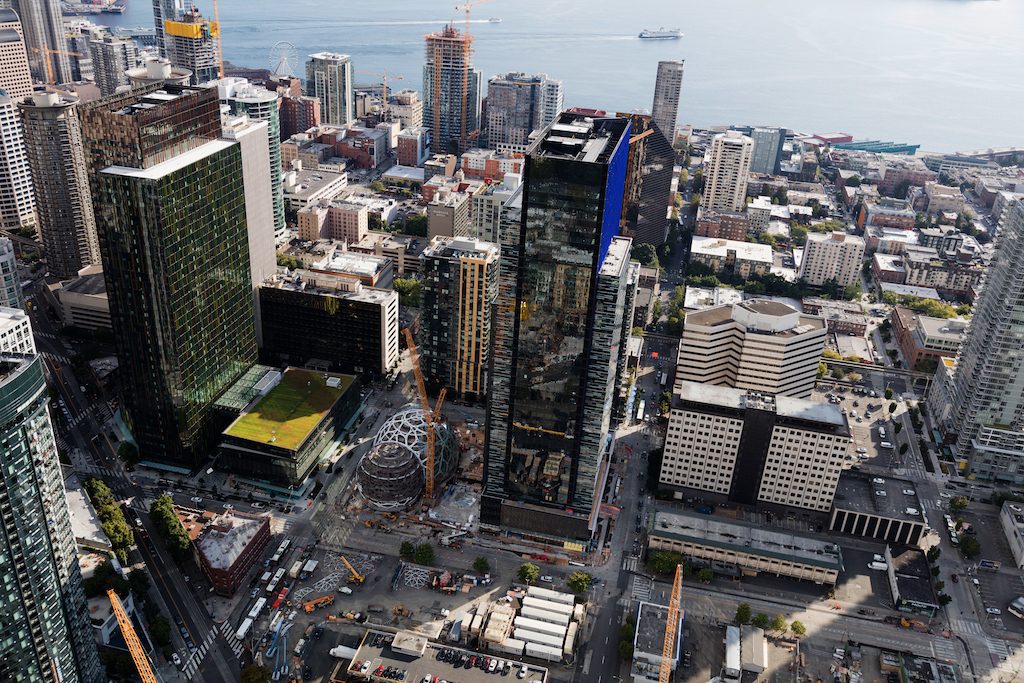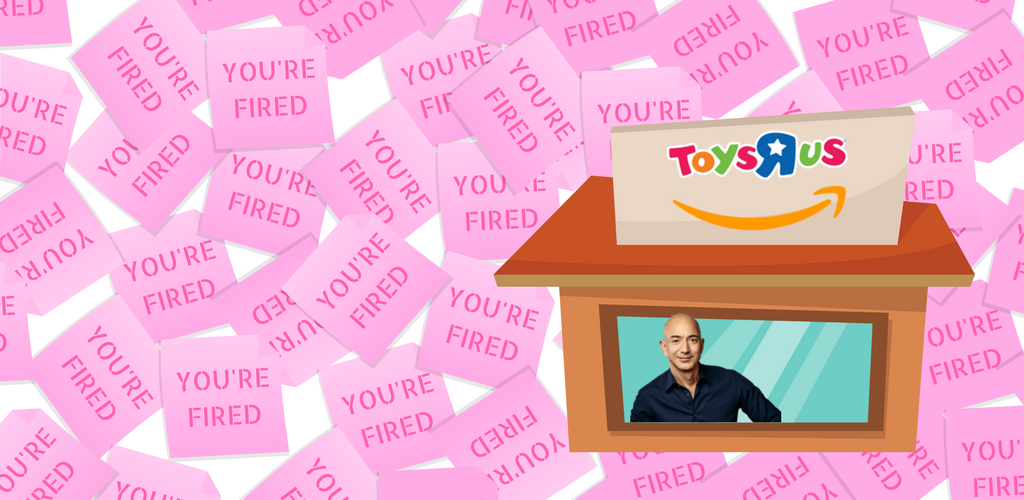
Jessica Fu
As Amazon scouts out locations for its second headquarters—a monolithic corporate campus expected to host 50,000 employees, pithily dubbed HQ2—cities and states continue to play the role of desperate suitors, propositioning the company with ever-more-ludicrous perks and incentives.
On Monday, the Mayor of Stonecrest, Georgia, an Atlanta suburb, offered to “carve off” 345 acres of the city to be renamed “Amazon, GA,” and build Amazon its own private shipping route, called “Jeff Bezos Highway” after the company’s CEO. Hoping to warm the cockles of Bezos’ Trekkie heart, Chicago hired famed Star Trek lead William Shatner to narrate a video pitch published Friday. Maryland, meanwhile, just got down to brass tacks: On Monday, the state senate approved $5.6 billion in income, property, and sales tax credits and exemptions for Amazon, hoping the financial enticement will be enough to bring the company to Montgomery County.
I’ve argued previously that Amazon’s presence may not be worth the significant incentives some locations are offering. But taxpayers in the 20 finalist locations may not actually know how much they’re giving up: Although the details of some proposals have become highly publicized, many of the negotiations are happening in behind closed doors. Which brings up a new set of questions: As government officials set aside tax dollars for Amazon’s benefit, how much do taxpayers deserve to know about how the money will be spent?
Secret HQ2 incentives must be made public in Pennsylvania, state agency rules
In November, reporter Emily Opilo and her employer, central Pennsylvania newspaper The Morning Call, requested a copy of the HQ2 proposals submitted by Pittsburgh, Philadelphia, and the Lehigh Valley. Citing non-disclosure agreements with the state, Pittsburgh and Lehigh declined to provide their proposals, while Philadelphia provided a heavily redacted copy that blacked out 38 pages of material relating to financial incentives. Opilo and The Morning Call appealed to the Pennsylvania Department of Community and Economic Development (PDCE), which also denied the request. PDCE’s argument? The applications contain “trade secrets,” and cannot required to be disclosed.
“The state’s economic incentive package and the calculation thereof have intrinsic economic value, and if released, could cause substantial economic harm to the Commonwealth by allowing other states to undercut the Commonwealth’s proposals and derive economic value from such disclosure,” the agency wrote. “[It] would also place the Commonwealth at a competitive disadvantage in future projects by allowing other states and non-Pennsylvania local governments to copy the uniquely devised programs and other incentives offered by the Commonwealth.”
“The OOR cannot find any support for the notion that an agency can have a trade secret when it is not engaged in business or commerce,” OOR wrote. “The Department itself does not engage in business or commerce; its purpose is to ‘promote and encourage’ others to engage in business or commerce in the Commonwealth.”
The Commonwealth of Pennsylvania now has 30 days to release its incentives offer to the public, or appeal the ruling.
TL;DR: Pennsylvania says the state’s government can’t keep trade secrets, no matter how much it wants Amazon’s business.
Geoffrey, meet Jeff Bezos?
Earlier this month, Toys “R” Us announced its plan to sell or close all of its 885 stores in the U.S. Now—wouldn’t you know it?—it turns out Amazon may have a plan for those empty shelves. Though representatives from the company have declined to comment, Bloomberg reports that Amazon is in talks with the failed toy retailer to buy at least some of its former locations.
Amazon’s interest in Toys “R” Us may be inspired, in part, by the success it’s had using its online retail platform to drive in-person visits to Whole Foods. Since the August acquisition, Reuters reports, “micro visits”—visits of only 3 to 5 minutes—are up 11 percent in Whole Foods stores with Amazon lockers. Whole Foods, in other words, is quickly becoming much more than a grocer: increasingly, it’s also a depot for goods ordered online.
TL;DR: Legacy retailers like Toys “R” Us are dying off, and Amazon wants their real estate.
Whole Foods to graphic design team: You’re fired
Amazon is the world’s most desirable company to work for, according to LinkedIn’s Top Companies report for 2018. Whole Foods? Not so much, these days.
“I want you guys to understand that decisions like this across the company — it is no reflection on how we value you, the work you do, and how you show up every day,” Wescoe said.
The decision is a reflection of the new direction Whole Foods has taken under Amazon: Streamlined, centralized, and not afraid of the bad optics of a good corporate blood-letting.
TL;DR: Whole Foods is getting leaner—and meaner.

